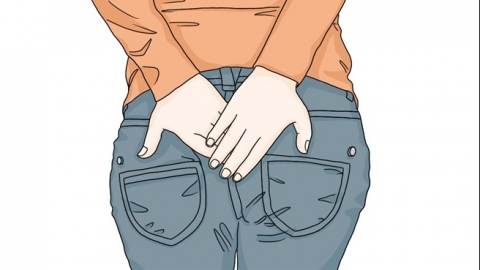What should be noted in daily life regarding bleeding from internal hemorrhoids?
Generally, patients with internal hemorrhoid bleeding should pay attention to maintaining smooth bowel movements, avoiding prolonged sitting or standing, maintaining anal hygiene, eating a reasonable diet, and avoiding excessive straining during bowel movements. Detailed explanations are as follows:

1. Maintain Smooth Bowel Movements
Internal hemorrhoid bleeding is usually associated with constipation and hard stools. Therefore, maintaining smooth bowel movements helps prevent internal hemorrhoid bleeding. Patients can improve constipation by increasing dietary fiber intake, drinking more water, and engaging in appropriate physical activity.
2. Avoid Prolonged Sitting or Standing
Remaining seated or standing for long periods increases pressure on the anal and rectal areas, which can trigger or worsen internal hemorrhoids. Therefore, patients should try to avoid maintaining the same posture for extended periods.
3. Maintain Anal Hygiene
The anal area is prone to bacterial growth, and keeping it clean can reduce the risk of infection, thereby preventing internal hemorrhoid bleeding. Patients should wash the anal area with warm water after each bowel movement and avoid using rough toilet paper for wiping.
4. Eat a Balanced Diet
Patients should avoid consuming overly spicy, greasy, or irritating foods, as these can worsen internal hemorrhoid conditions. Such foods can irritate the intestines, leading to constipation or diarrhea, which may exacerbate symptoms of internal hemorrhoid bleeding.
5. Avoid Excessive Straining During Bowel Movements
Patients should avoid excessive straining during bowel movements to prevent worsening of internal hemorrhoids. Excessive straining may cause venous congestion in the anal and rectal areas, easily triggering the aforementioned symptoms.
In daily life, maintaining moderate physical activity can promote intestinal peristalsis, accelerate bowel movements, and also help improve blood circulation in the anal and rectal areas, preventing the occurrence of internal hemorrhoid bleeding.





